The Hancock Family Estate Archives
New: Click here to view 35 newly-digitized films from G. Allan Hancock and Marian Hancock's collection.
G. Allan Hancock: A LEGACY TO REMEMBER
Have you ever wondered who the namesake of Allan Hancock College was, and why the college was named after him? G. Allan Hancock (1875-1965) was an extraordinary California resident and Central Coast visionary who made his mark on California. The AHC Library has a unique collection of items from the Hancock family. Learn a bit about the history of this collection as well as a preview of some of the fascinating items it holds!
What is the Hancock Family Estate Archive?
The Hancock Family Estate Archive is a digital archive of materials available at the Allan Hancock College Library's archives. These materials pertain to college namesake G. Allan Hancock as well as his family and associates.
Preview the materials
This page will serve as an exhibit of a limited number of materials available in the HFEA. Digitizing and cataloging are long and involved processes and this archive will remain a work in progress. We hope you enjoy the preview!

A view from one of Captain Hancock's marine expeditions.
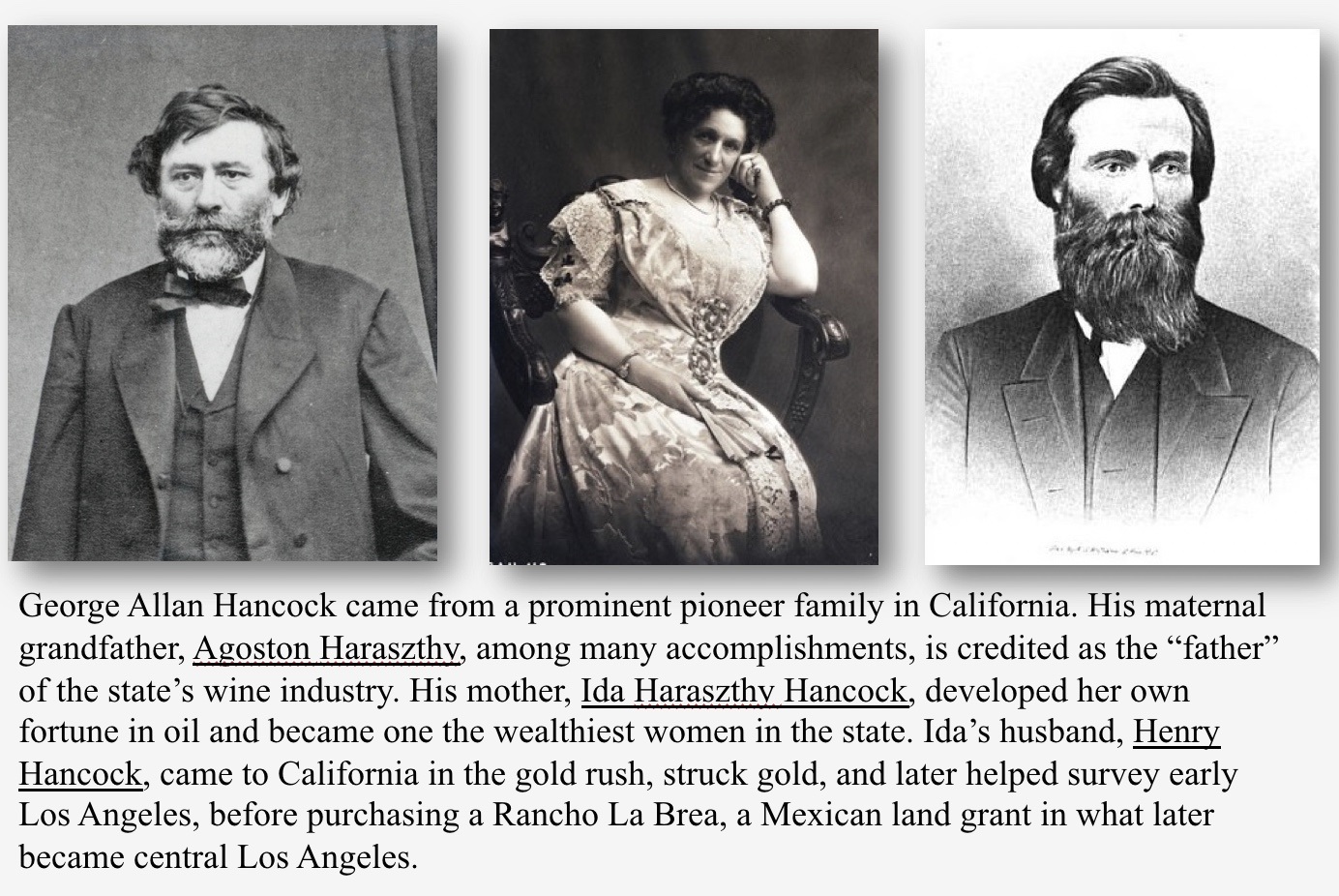
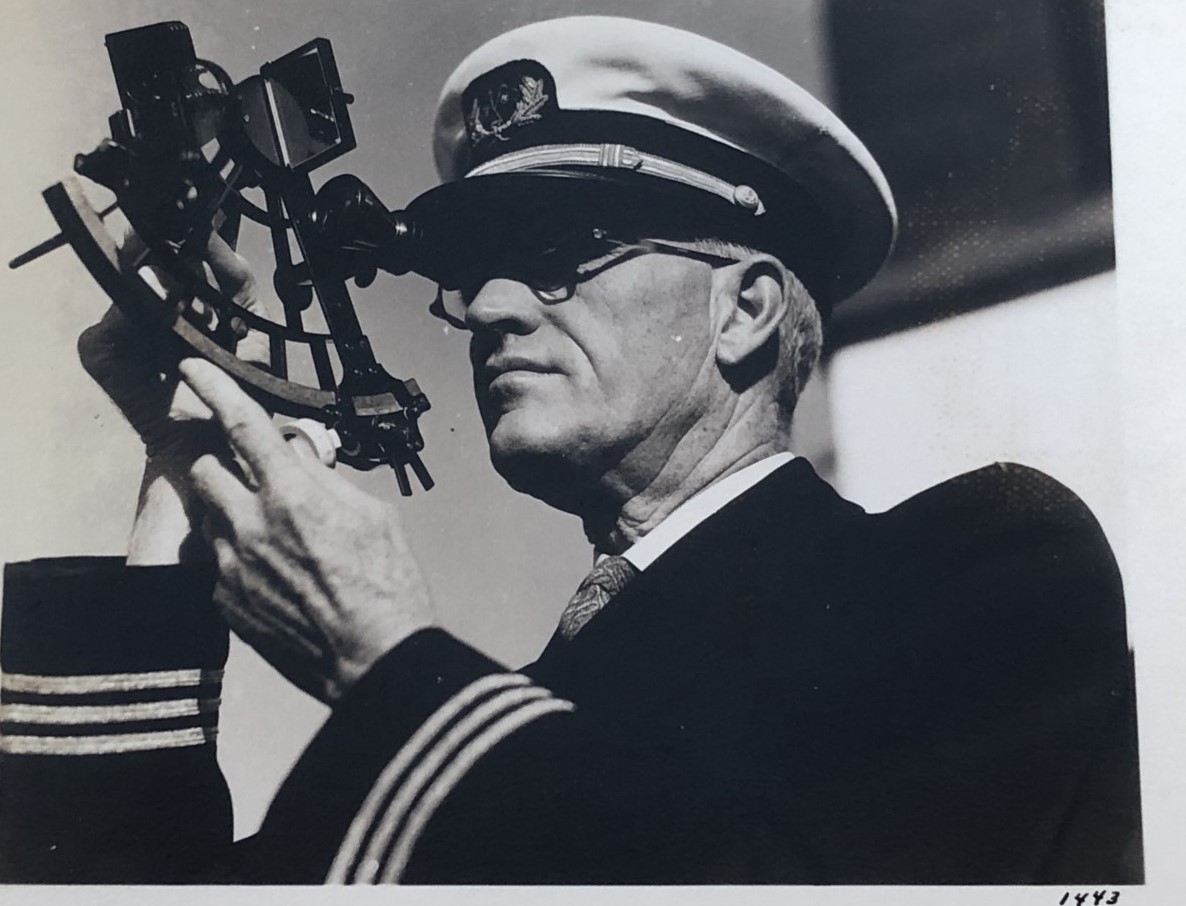
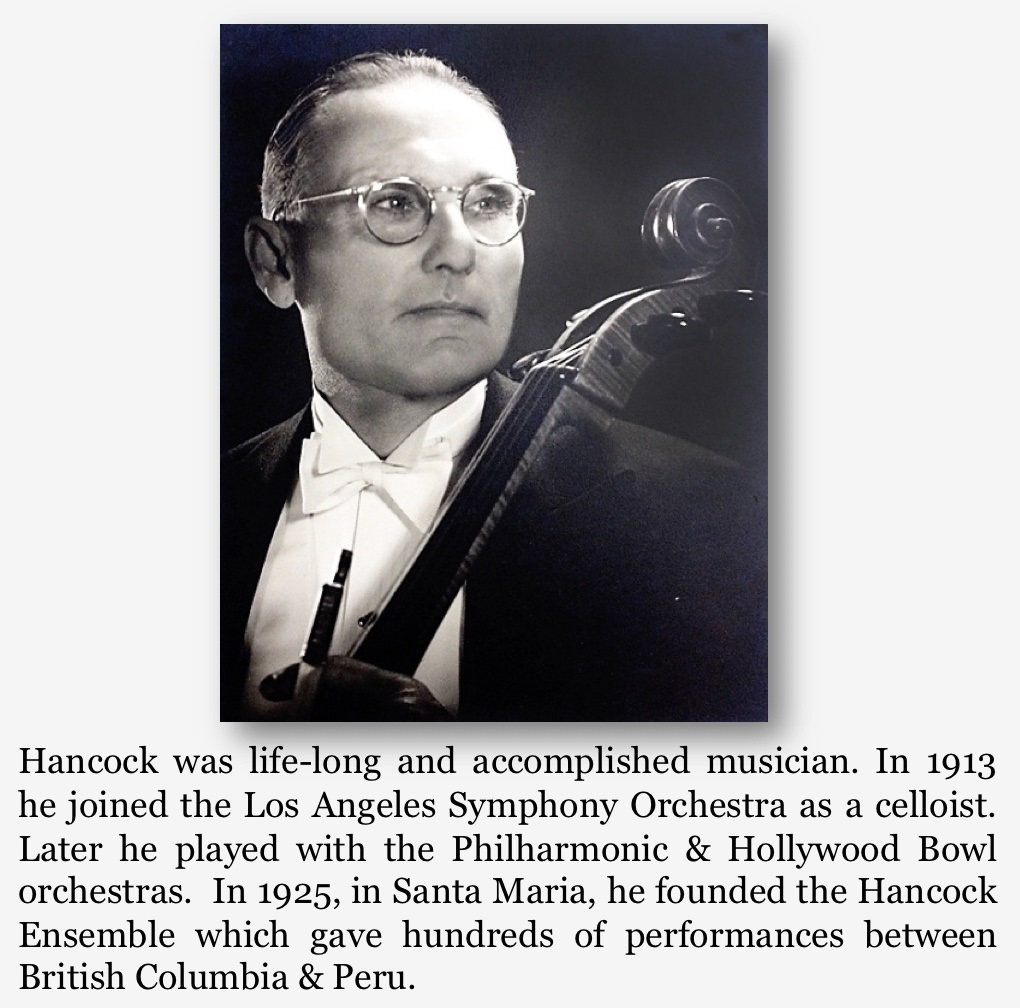
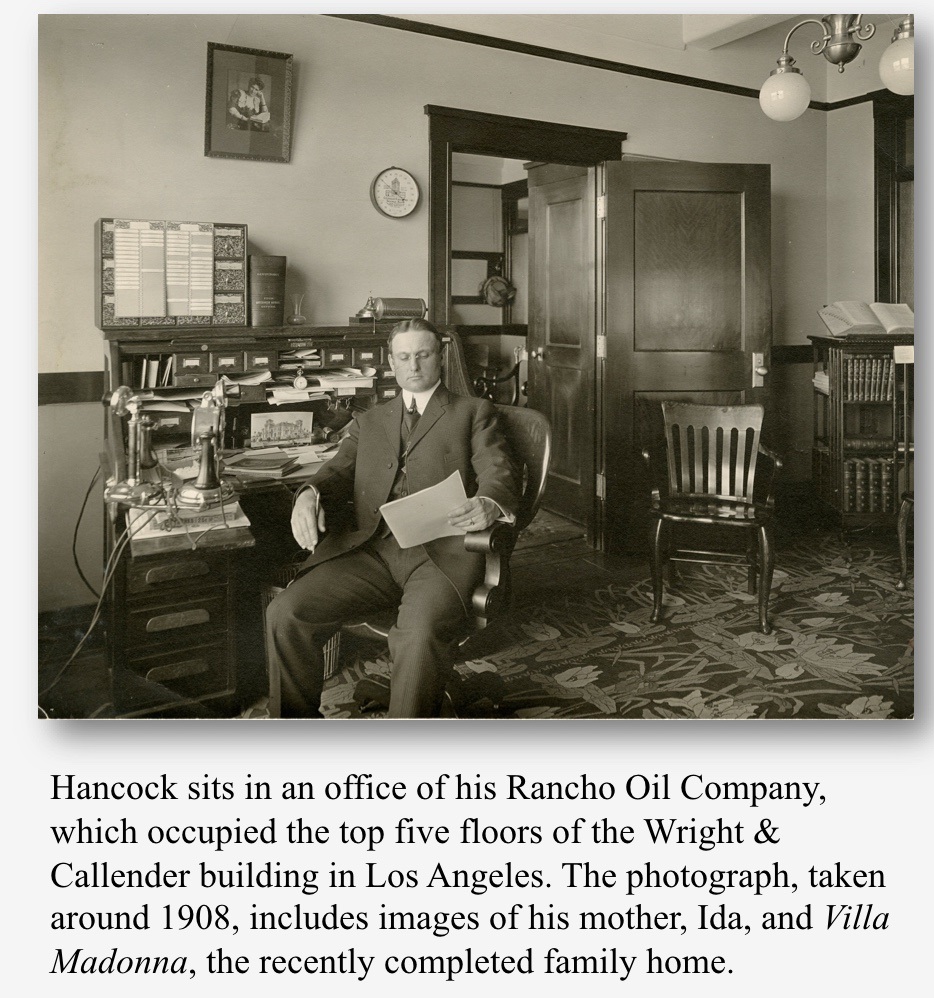
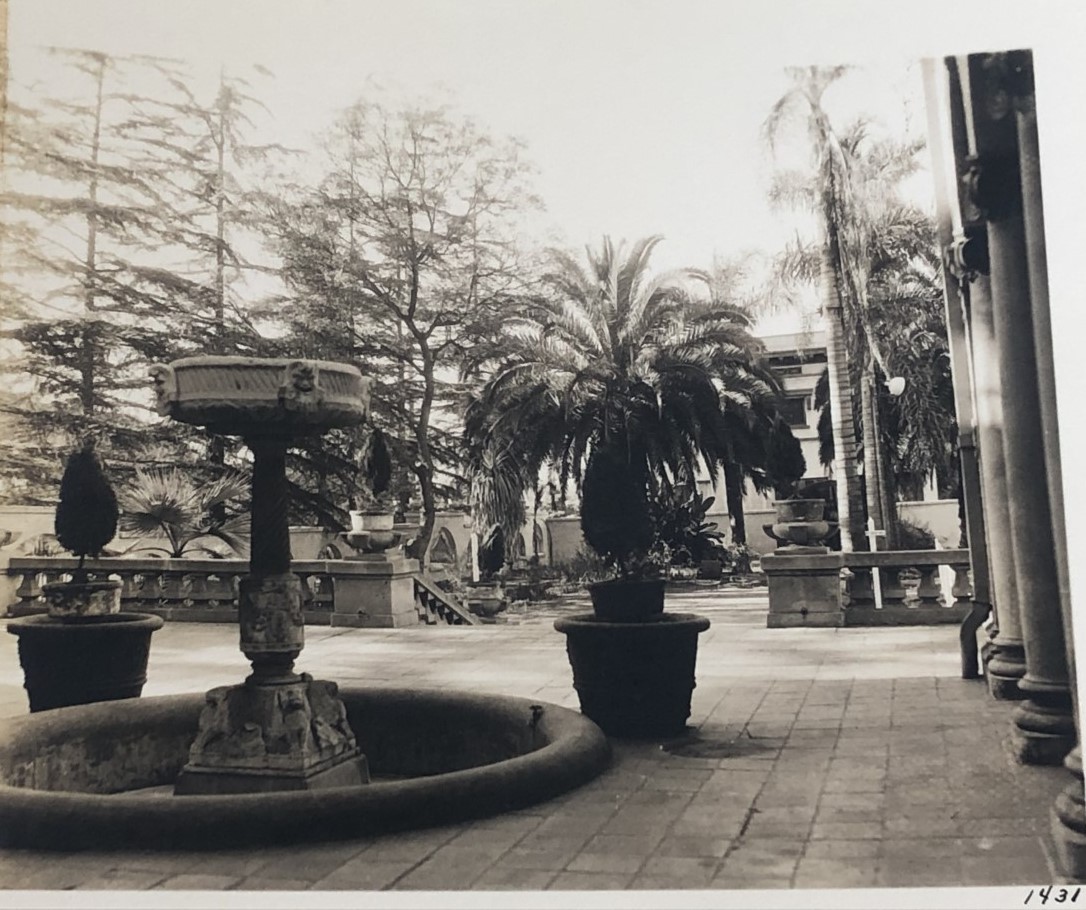
Exterior of the Hancock family home in Los Angeles, CA.
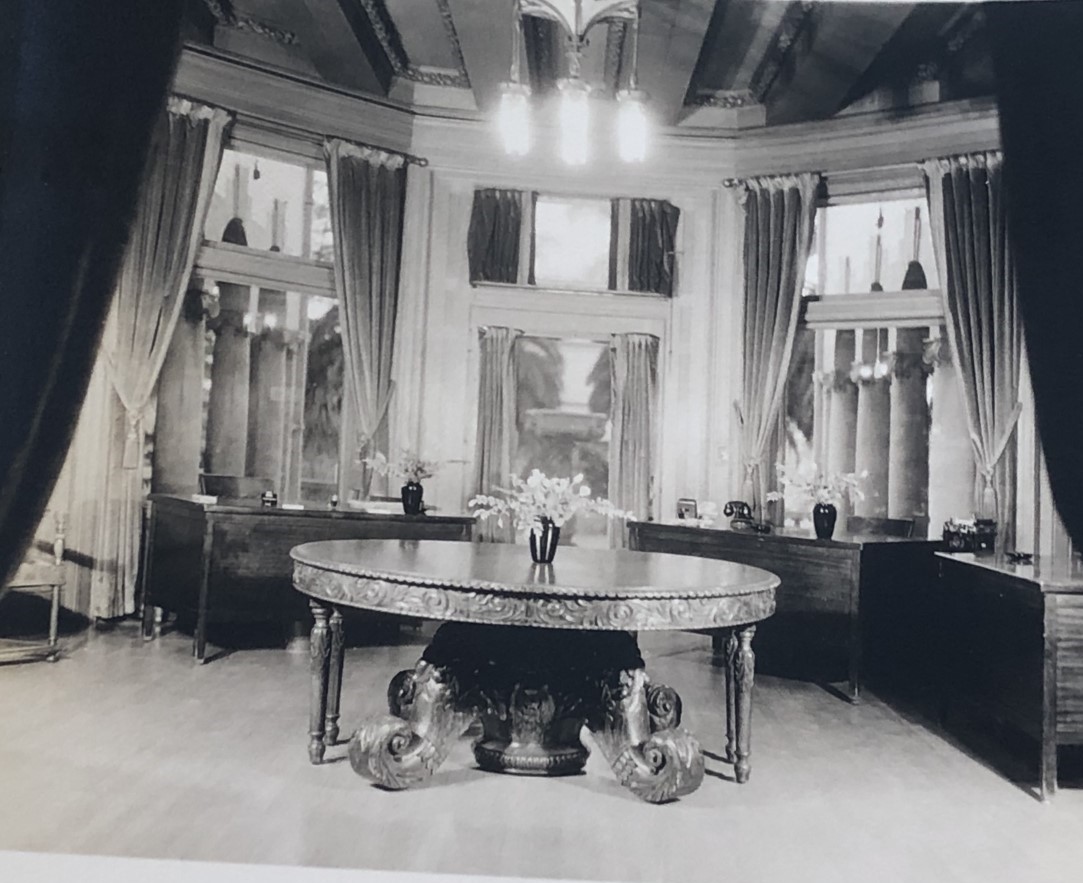
Interior of the exquisite Hancock family home in Los Angeles. The home would later be demolished, though nine rooms would be saved and moved to the Hancock Foundation building at USC. These rooms are available for viewing through private tours. The rooms have previously been used for USC university functions and open for community events and celebrations.
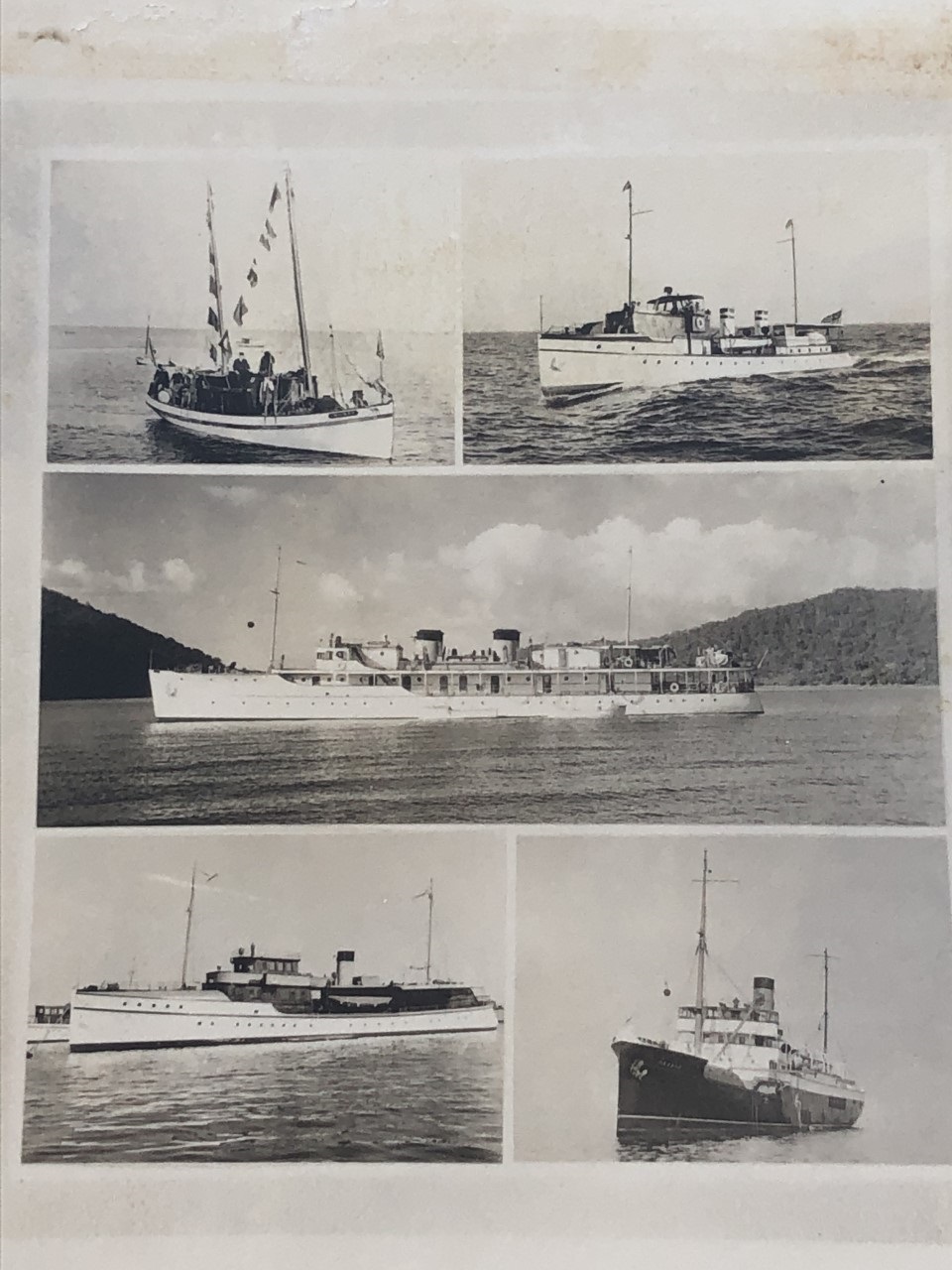
Captain Hancock had a deep and abiding interest in marine exploration and better understanding the natural world. He would own and captain numerous iterations of the Velero as well as the S.S. Oaxaca.
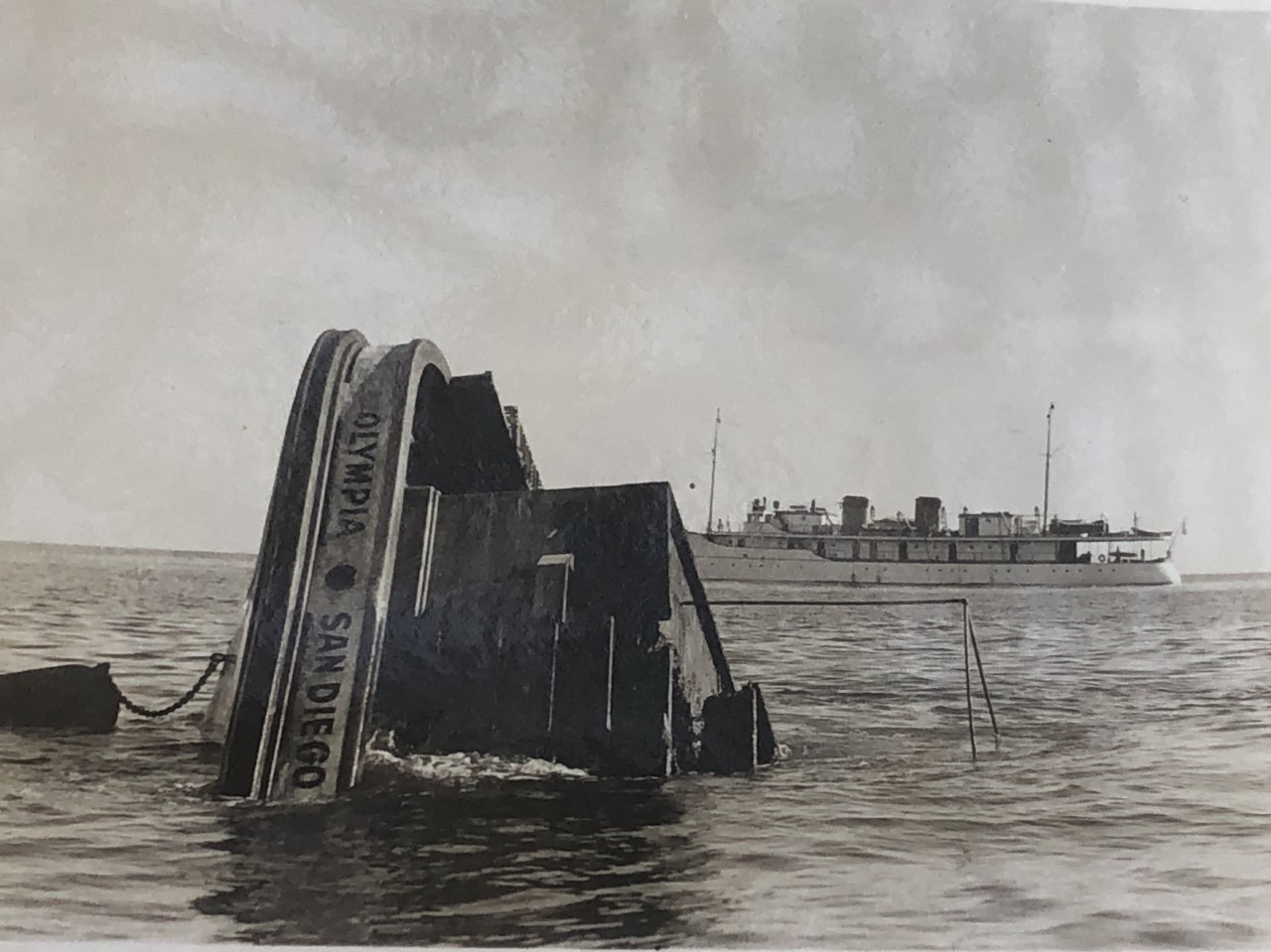 G. Allan Hancock was an avid explorer and supported marine exploration. The image
above is one of many from his collections. In this image, an unfortunate boat capsizes.
G. Allan Hancock was an avid explorer and supported marine exploration. The image
above is one of many from his collections. In this image, an unfortunate boat capsizes.

G. Allan Hancock examines a young tropic bird while researching in the Galapagos in 1927.
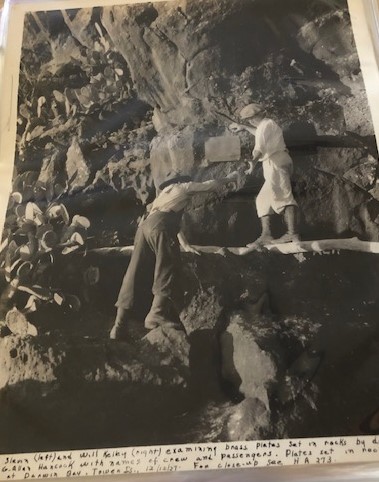
Placing a plaque to commemorate a history Hancock expedition to the Galapagos, 1927.

The commemorative plaque listed the names of crew and officers onboard the Hancock expedition to the Galapagos, 1927.
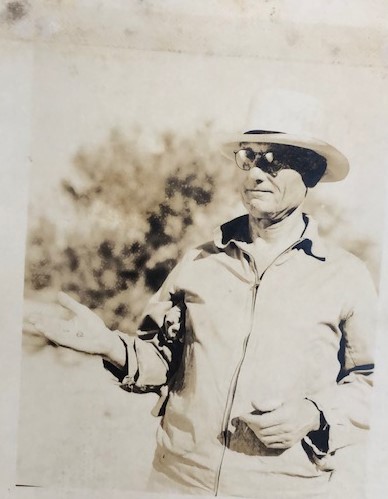
Captain Hancock holds a specimen in his hand during one of his expeditions.
 A close-up of the specimen Captain Hancock holds and studies.
A close-up of the specimen Captain Hancock holds and studies.
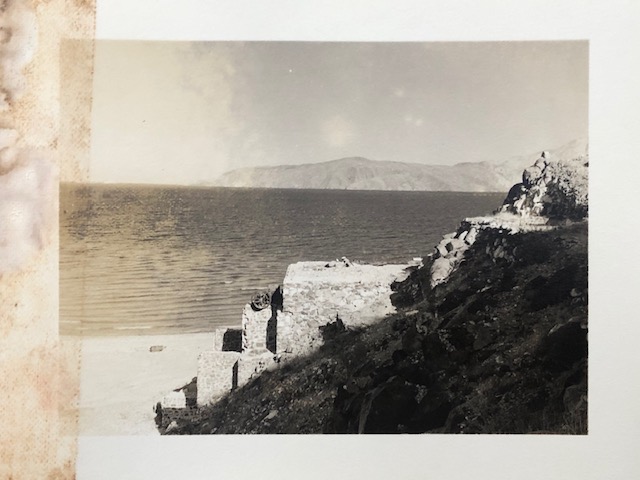
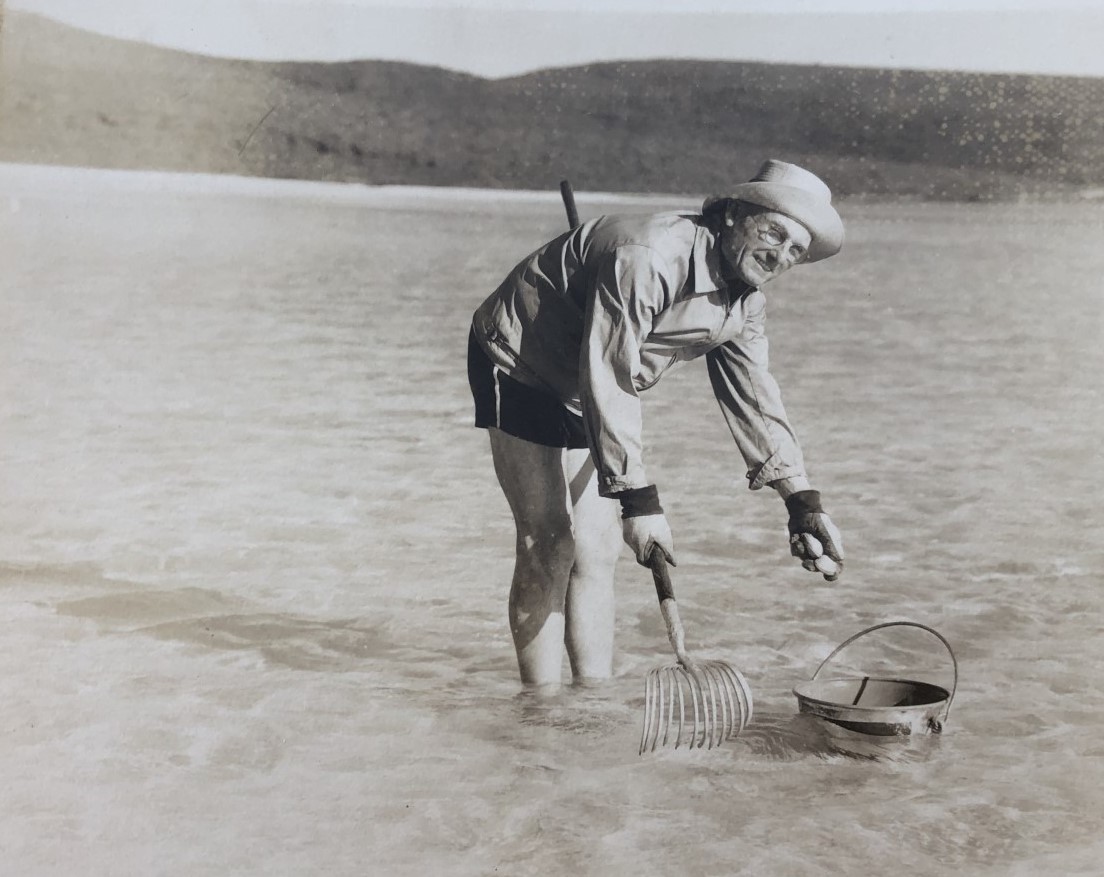
G. Allan Hancock was one to jump right into the thick of things! Here he is clamming, all smiles.
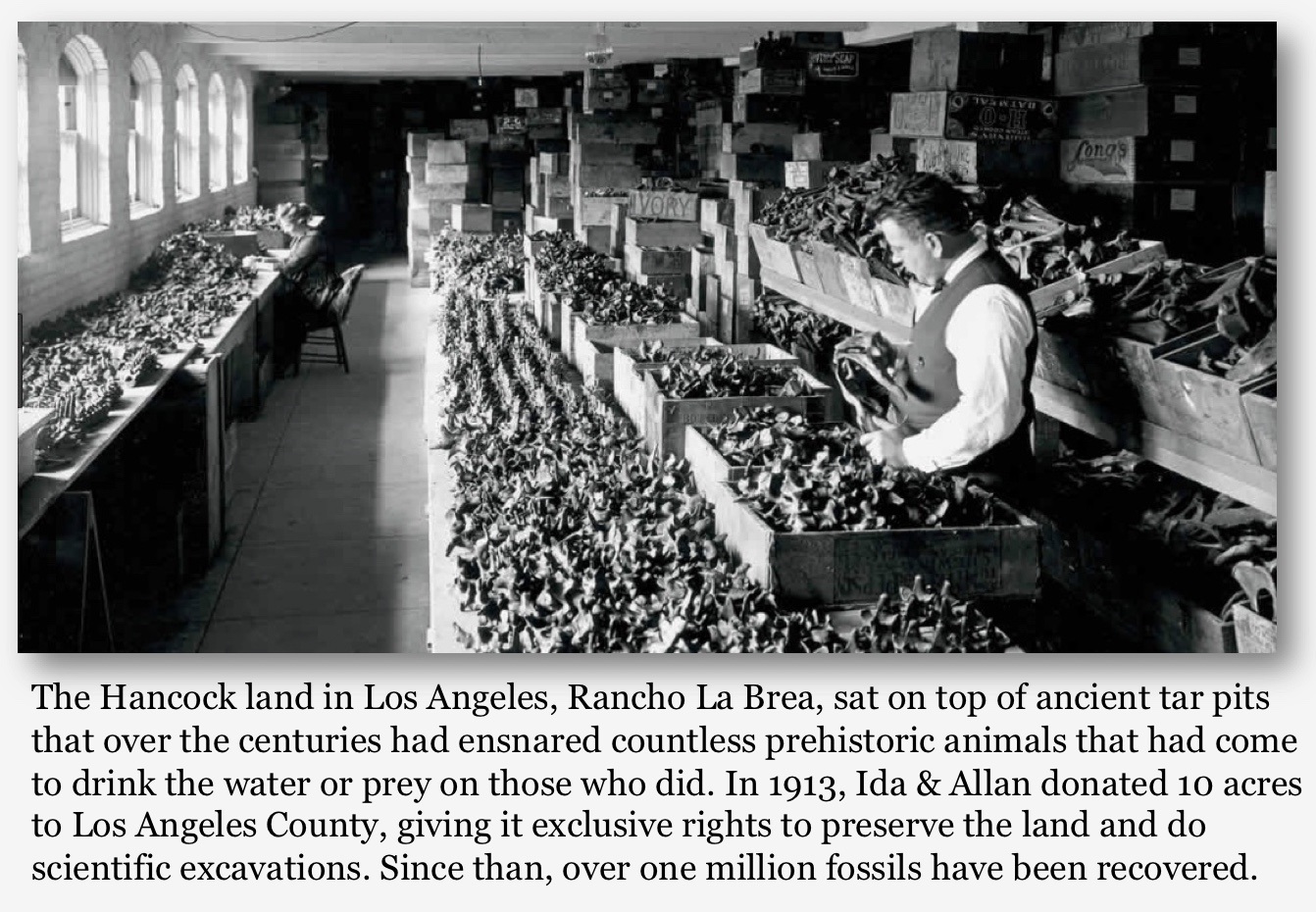
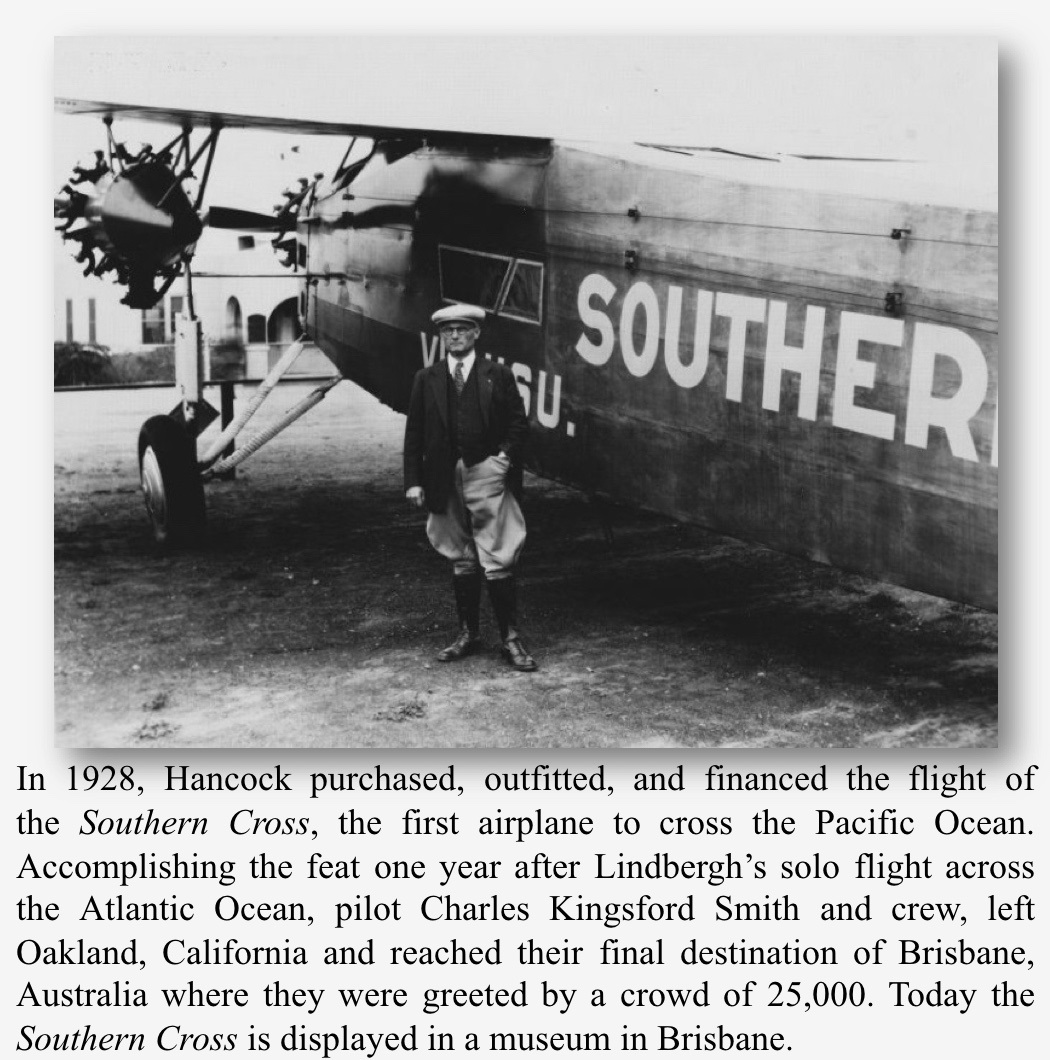
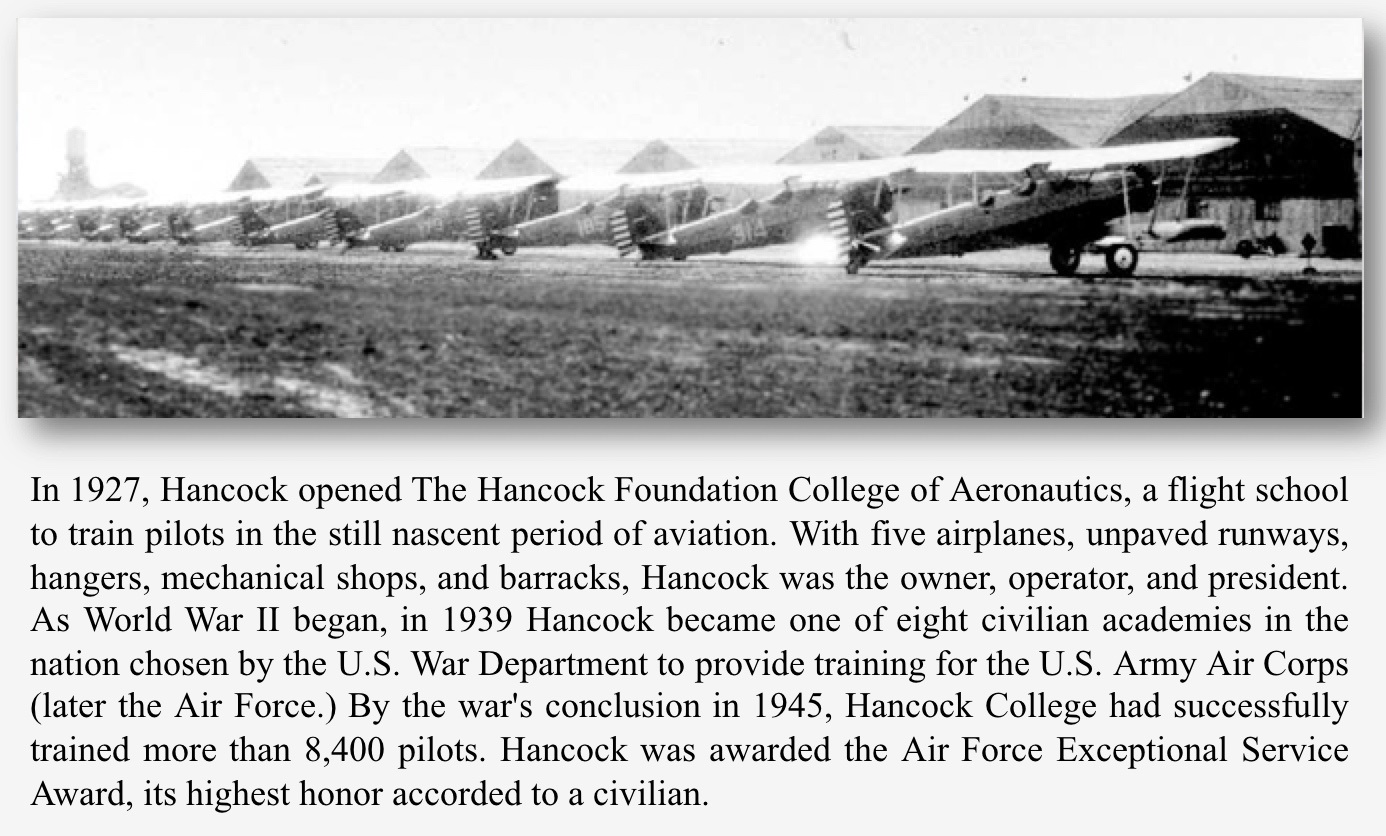
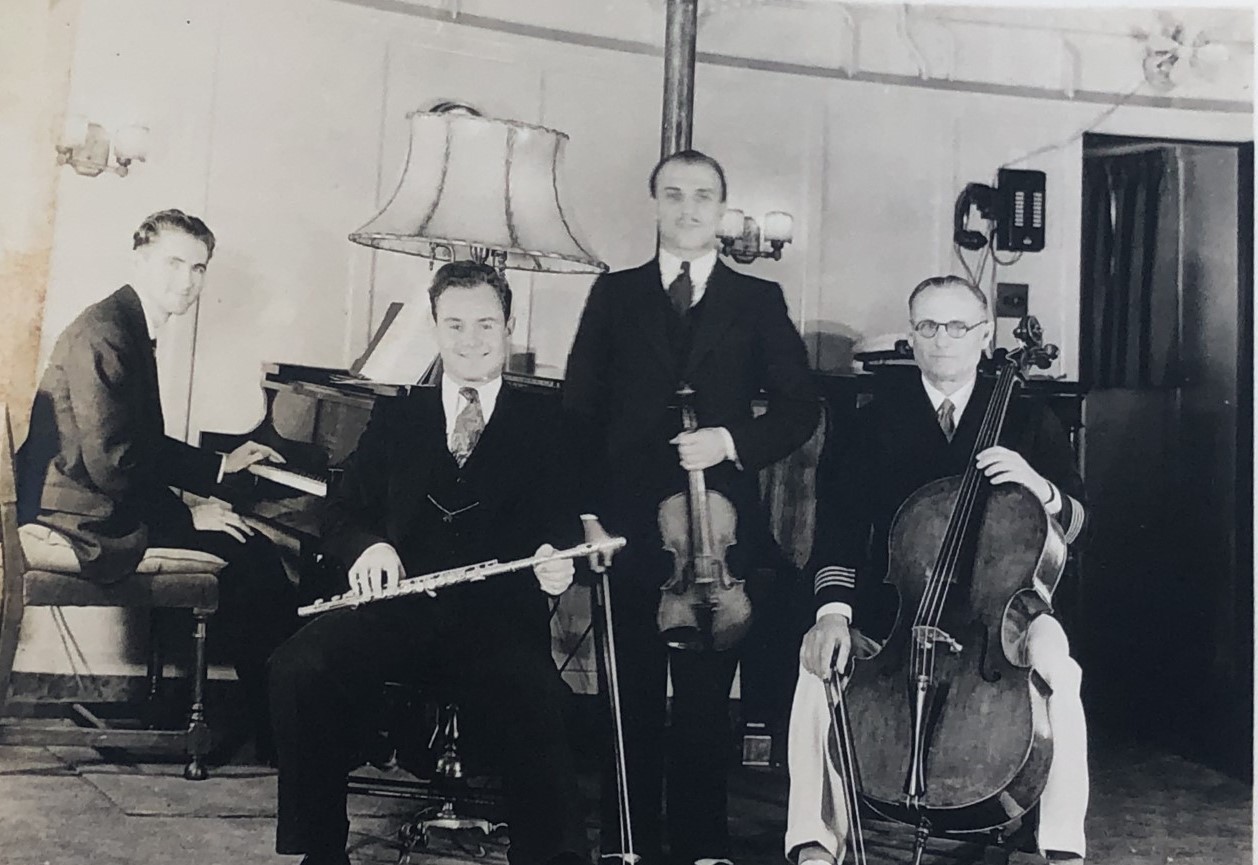
G. Allan Hancock was also a prolific musician and performer, playing and recording classical music with the Hancock Trio. Above, he is with fellow performers.
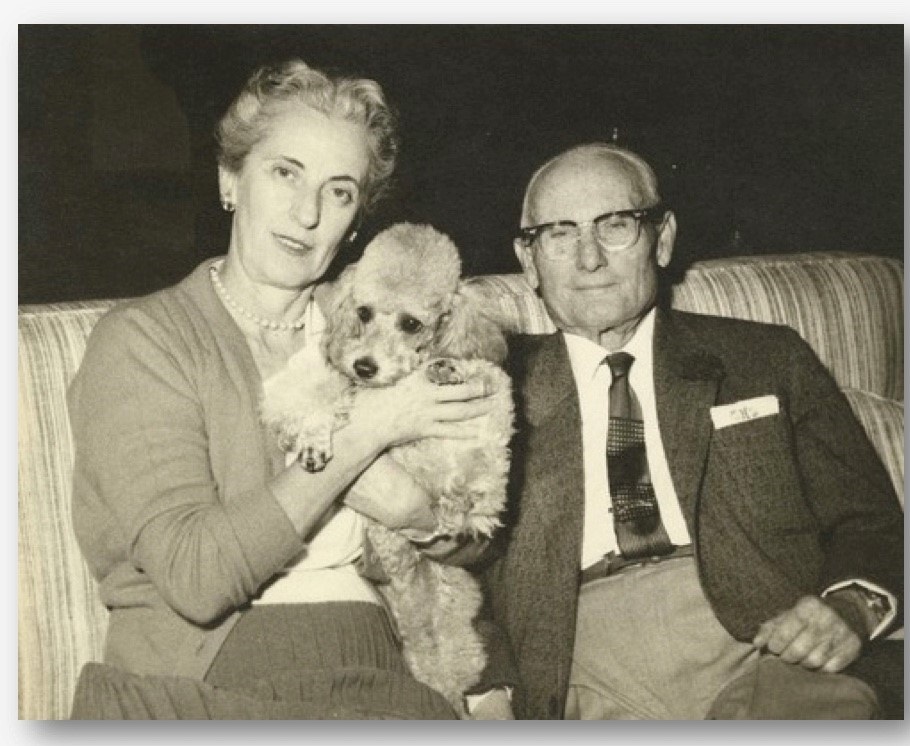
G. Allan Hancock and Marian Hancock. In 1965, the Hancocks donated 10 acres of land for the construction of a new 125-bed hospital in Santa Maria. At the same time, they provided funding for a broadcast license and studio to start the first public education television station in Los Angeles.
Where did the collection come from?
History is the past remembered. It is also the past recorded. The collecting and proper maintenance of an estate of records takes sustained interest and effort by multiple individuals and organizations. It is not uncommon for developing collections to suffer due to inadequate funding or a lack of archival resources or adequate space. The story of the creation of the Hancock Family Estate Archives (informally known as The Hancock Archives) is no exception. However, it is with pride and satisfaction to state that the Archives has overcome the challenges of its nascent period and it now offers a sizable number of materials for research on a wide array of topics relating to its namesake and the Santa Maria Valley and its surrounds.
The Hancock Archives centers on one of the extraordinary Californians of the first half of the 20th century, George (G.) Allan Hancock. An oil man, sea captain, historic preservationist, marine scientist, explorer, land developer, banker, aviation pioneer, innovative agriculturalist, railroad owner, accomplished classical musician, and philanthropist who gave away millions of dollars, he was a significant figure in the development of Los Angeles in the early 20th century, and arguably the most important person in the history of Santa Maria, California where his indelible imprint on the city remains evident today.
The Hancock story is multigenerational. His maternal grandfather founded the California wine industry; his father, a veteran of both the Mexican and Civil War, was a successful gold miner and land surveyor who purchased a large tract of land in early Los Angeles; and his mother was a pioneer in the state’s oil industry which made her one of the wealthiest women in California.
The Hancock Archives collection came into existence from a variety of sources. Some materials had been in inadequate, long-term storage in the basement of the college’s administration building and were removed upon the building’s demolition in 2004. Items were moved to the college library and combined with other college-related materials including old Board of Trustees meeting books, employee union contracts, press clippings from the college’s Public Affairs office, and other ephemera. Over time, additional items were acquired, some from a storage building at Rosemary Farms, Hancock’s business and home in Santa Maria. These included, notably, multiple copies of the “Red Book,” a pictorial biography of Hancock’s life (G. Allan Hancock: A Pictorial Account of One Man's Score in Fourscore Years), and a wide variety of items from the Hancock College of Aeronautics, which operated on the site of the present-day college between 1927-1954.
The Hancock Archives were assembled during a transitional time for the AHC Library. The retirements of both College Superintendent/President Ann Foxworthy and Library/Learning Resources Associate Dean Lil Clary occurred around the time when the entire library was being remodeled and expanded. The remodel required all personnel, services, fixtures and materials within the building to be moved out for up to two years. The passage of a $180 million bond for the college in 2006 focused administrative attention on many new major construction projects across the campus. The end result of all these changes was benign neglect of the Hancock Archives.
During the library remodel, the primary issue was what to do with the substantial collection of materials during the time the building was closed. Unfortunately, and over the objections of Ms. Clary and library staff, the Hancock collection was placed in C-Train shipping containers. (Clary would note that concerns were raised because "these containers are notorious for leaking during rain storms.") These forty-foot metal boxes offered a lot of space but had no controls for either temperature or humidity, recalled Clary and Meddings. The result was a number of items were eventually damaged by mold and some materials had to be discarded. (Clary recalled the time between when the library staff provided archival storage recommendations and when the tragic news of the archival losses was shared: "Sadly, the next time the LRC was contacted about the collection it was because the roof had leaked and the materials were not only water damaged but were also growing black mold.") Many other items would later need extensive cleaning. To this day, items are still being cleaned and assessed.
Another issue was where to ultimately put the Hancock Archives. The library remodel was designed prior to any thought of an archive and no space had been allocated for it. Fortunately, Ms. Clary relinquished the space originally designated for her office, and it became a meeting room with sufficient wall space and an additional area for shelving. The Hancock Archives had found a home.
Initially, there was no staff assigned to the collection and no funding for staff, even student workers. Solutions have included funding from grants, the Measure I Bond, and a variety other sources. The Archives has greatly benefited from volunteer help from retired librarians including the late Lola Ardelia Dority, a beloved and very generous benefactor of the college. New shelving has been found and shared from across the campus by the the Facilities department. Also, there have been ongoing efforts to utilize grants to fund projects, much it aimed at cataloging and digitizing materials. Recent efforts have led to the acquisition of 150 films owned by G. Allan Hancock, many of them pertaining to his marine science explorations. The films had been in archival storage in Los Angeles for the past 25 years. In the summers of 2019 and 2020, two grants supported projects that evaluated and digitized 1,250 images to make them accessible online.
Today, the Hancock Archives offers information in numerous fields of study and interests. These include early California agriculture, including the origins of its wine industry; the early oil industry of southern California; natural history with the La Brea fossil field; marine science, notably in the Pacific, Baja, and the Galapagos Islands; transportation, including the early aviation industry, railroads, and the formation of the American Automobile Association; and real estate development of Los Angeles, including the Rancho La Brea land grant.
Those who have devoted time to helping organize this collection have been motivated by a desire to share and preserve the unique and exciting history within it. Current librarian and retired former dean Nancy Meddings has played a central role in the management of the Hancock Family Estate Archives. Meddings muses that "Hancock clearly had an interesting life, with enough money to pursue his diverse interests and make an impact on local and national history. Despite his well-recorded and photographed life, Allan Hancock has remained enigmatic to me. It is hard to get a sense of what he was really like as a person. What did he like to eat? Did he have a sense of humor? How would he spend a quiet evening at home? Did he enjoy the poodles he and Marian are photographed with, or were they her pets? There may be materials in the HFEA yet to be discovered that could answer these and many more questions about him." Indeed, the story of the Hancock archives is an evolving one. Who can say what exciting and helpful materials will be discovered within it tomorrow?
Thank you, AHC librarians, for creating, curating, expanding, and sharing this collection and ensuring the history is remembered!
Thank you to Roger Hall, Professor History, for his assistance in 2019-2020 with collecting and compiling recollections of the history of this unique collection, for the California Revealed preservation grant.
Thanks for their recollections to:
Lil Clary, Faculty Librarian/Associate Dean, Allan Hancock College, 1983-2005
Nancy Meddings, Faculty Librarian, Allan Hancock College, 1996-2016
Jim Morrow, Biology Professor, Allan Hancock College, 1961-2004
What Media Is Available Relating to this Collection?
The AHC Library has been working with the CA State Library and its partners to digitize and preserve films from Allan Hancock's personal collection. Some of these films have not been viewed in approximately 100 years! You can view the films by clicking the hyperlink here.
Did you know Allan Hancock was a talented musician? His performance group, the Hancock Trio, even recorded their music and performances. Listen to recordings of the Hancock Trio, digitized and made available online through California Revealed:
In the fall of 2018, the Friends of the AHC Library sponsored a lecture series titled "Captain G. Allan Hancock -- Man on the Go." The series was presented in three parts by Prof. Roger Hall (History). View recordings of the lectures below:
View Lecture 1 of "Captain G. Allan Hancock -- Man on the Go"
View Lecture 2 of "Captain G. Allan Hancock -- Man on the Go"
View Lecture 3 of "Captain G. Allan Hancock -- Man on the Go"
The Digital Archive
Library staff are excited for the opportunity to digitally preserve and share content from the Hancock Family Estate Archives. As it is being built, the digital archive can be viewed off campus (and it will require a current AHC login). Look at the digital archive as it is built: https://caccl-ahc.primo.exlibrisgroup.com/discovery/collectionDiscovery?vid=01CACCL_AHC:AHC
